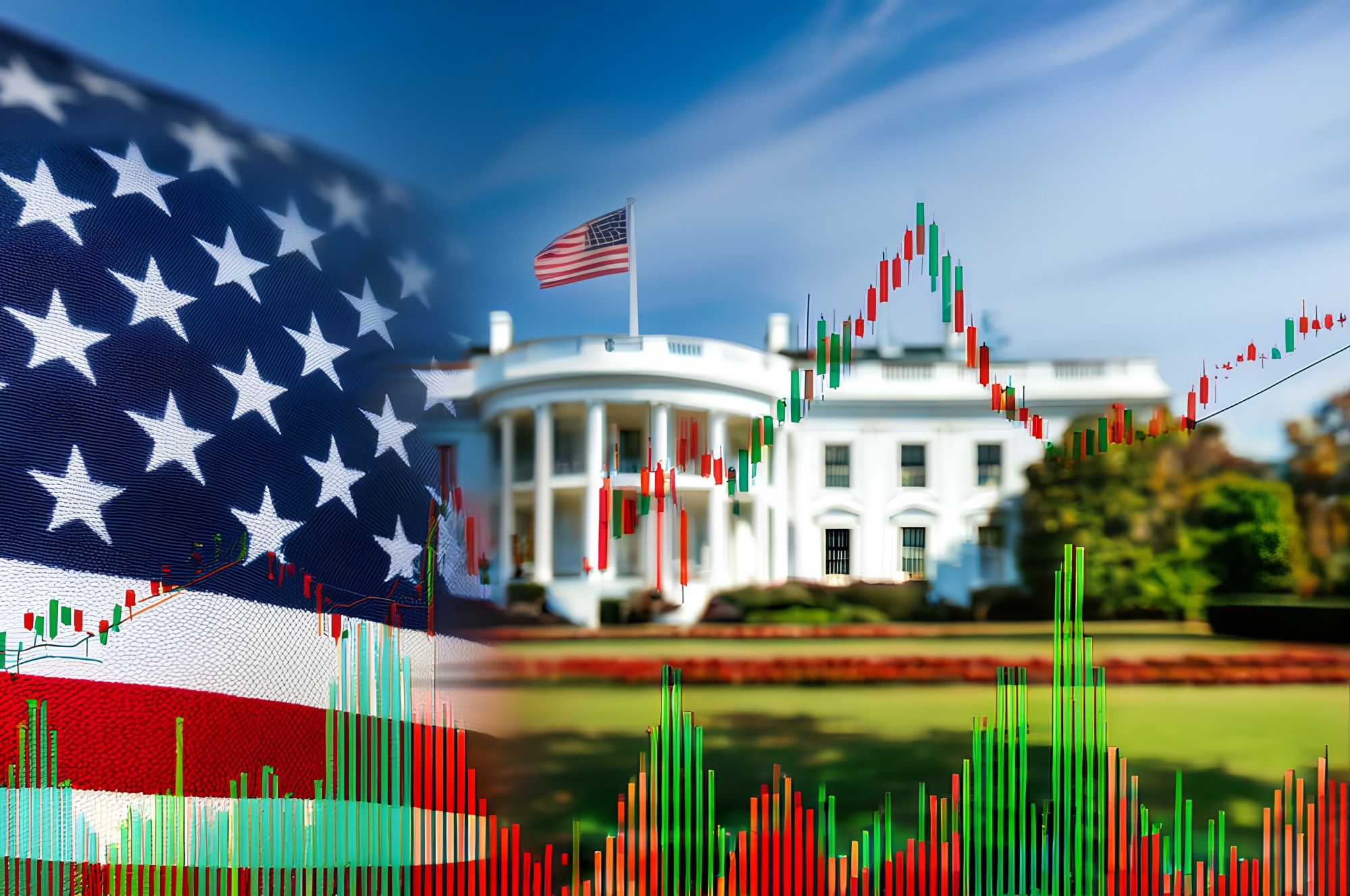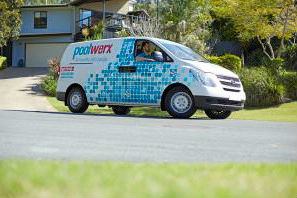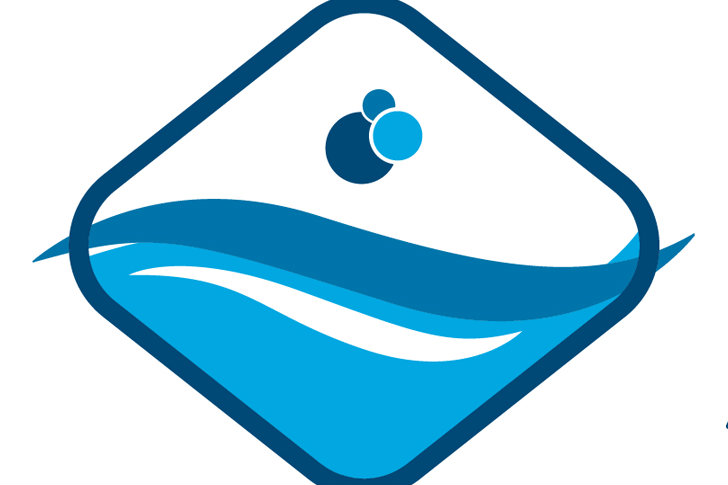With the Presidential election — and all the accompanying chaos and drama — out of the way, pool professionals are looking forward to a good year ahead.
They already had a fairly optimistic outlook before the election, judging by the results of the Pool & Hot Tub Alliance’s third-quarter member survey. Asked last October what they expected for the following 12 months in terms of sales, the answers indicated an overall positive trend, though the degree differed by industry segment.
Most builders — 63% — expected sales to increase for the 12 months after taking the survey. Of this the majority saw slight to moderate increases in their futures, with 33% predicting increases of 5% or less, and 15% anticipating hikes between 6% and 10%. On the other hand, only 23% expected sales to drop, while 14% predicted things would remain the same.
The service sector showed a bit more optimism, with 77% expecting increases — 35% predicting slight increases, 25% moderate, and 17% significant. Only 8% anticipated decreases and 15% predicted no change.
Retailers had a similar outlook, with 70% expecting sales to rise — 36% saying slight increases; 25% saying moderate and 9% saying significant.
But those professionals also expected some very real challenges for the year ahead. While they saw indicators such as gradually lowering interest rates as a positive sign, these professionals were cautiously optimistic that the impact of the election will bring further benefit in terms of consumer confidence and policies that are both business-friendly and economy-boosting.
Quick impact
Some professionals experienced a noticeable change immediately after the election.
“Things had gotten really quiet prior to the election,” says Javier Payan, president of Payan Pool Service in San Diego. “There was a lot of tension — you could cut it with a knife. Now there’s a feeling of calm. Nobody’s talking politics, but it could just be a sign that they’re glad the election’s over.”
Premier Pools, the national pool/spa construction and service franchise, saw a tangible sign of that change in mood.
“The last six weeks for us, our leads have been up dramatically,” said Paul Porter, CEO of Premier Franchise Management, headquartered in Granite City, Calif., in December. “November was the first time all year that sales were up over last year.”
Not only have they personally seen spirits and confidence lifting, but their industry associates have reported the same at the meetings, conventions, conferences, and manufacturer trips they’ve attended.
“I just came back from a pool industry event with about 200 pool builders, and the outlook was glowing,” says Scott Cohen, president of The Green Scene Landscaping & Swimming Pools in Chatsworth, Calif. “I haven’t talked to anyone who was pessimistic about 2025.”
Whether this lift in outlook comes from the elections or the reduction in interest rates and other factors remains to be seen. But, at the very least, professionals believe that having the elections over has brought relief to their customers.
“I think every time we have an election year it’s always flat,” says Mike Church, CEO of Cody Pools in Austin, Texas. “Then after the election, no matter who’s been elected, things pick up. With the election being over, we’re predicting a 5% to 10% increase in sales. I think the backlog is going to pick up now …”
It’s just human nature, no matter one’s political persuasion, Cohen says.
“Nobody likes uncertainty. I think that’s what we saw this year, especially the six months before the election — we saw a real slowdown,” he says. “And after the election we saw things pick up. … Once the decision’s been made it’s been made, and we can move on.”
That said, some do believe that this relief springs from the election results and the policies expected from Trump.
For instance, Payan expects the incoming Trump administration to re-up on tax cuts that he had enacted during his first term and are set to expire next year. Such a move would better position families to invest in their backyards, he believes.
Pain point relief
Many of these company owners share that optimism about upcoming policy.
“There’s a general ‘it’s good for business’ vibe in the air,” Cohen observes. “Whether or not you like Trump, business likes Trump, and that seems to be the general vibe that I’m getting, even in California.”
The demand is still there for pools and spas, these professionals say. It’s just waiting to be released by favorable economic conditions.
“The COVID hangover isn’t over,” says Michael Todd, president of Rainbow Pools in Fishkill, N.Y. “People still remember not being able to travel. They still want to invest in their backyards.”
Cohen especially sees this on the renovation side: “There are a lot of people who’ve needed to do work the past couple years who have not,” he says.
But certain conditions need to line up to fully release that demand. And the industry seems to be in consensus about what those are.
When asked in PHTA’s Q3 survey for their top challenges, a full 71% cited economic factors such as inflation and consumer spending patterns. While that marked a slight decline from the 77% recorded in the third quarter of 2023, that’s still daunting. The second most named challenge was the pressure of maintaining profitability in the face of rising costs. That number increased to 56%, from 2023’s 50%. Both concerns topped staffing shortages, that seemingly evergreen source of frustration, which was only named as a top challenge by 44% of survey takers.
“I think there’s a little more confidence than there was during the election cycles,” Porter says. “But if unemployment numbers go up or interest rates don’t lower, [that confidence] could go down.”
These factors are especially crucial for picking up the entry-level and mid-range market back up, they believe. “Wages have to catch up with inflation, or we will only be selling pools to the top 10% of the population,” Porter says. “We need to be selling pools to the top 30%.”
Payan expects sales of lower-priced products and services to pick up. “With the middle-class sector, I think people have been kind of sitting tight, at least in the last six months,” he says. “Once the season kicks in, I think there’s going to be more confidence.”
While interest rates were already headed south, these professionals hope the incoming administration escalates that trajectory.
If rates do go down far enough, builders expect to see more clients able to get financing for home improvements, and to buy new homes.
“There’s a lot of work when property changes hands,” Cohen says. “We need that work for our industry to thrive. The sweet spot seems to be about 5 1/2%. If we see that, we’re going to have an explosive year.”
Optimism + caution
While some expect the election results to positively affect business, professionals continue to temper their optimism with some caution.
Certain issues beyond Trump’s policy decisions could have more impact on sales and confidence, they say.
It isn’t guaranteed that the Federal Reserve will lower interest rates or by how much, as seen in December when the agency changed its projection regarding cuts in 2025. Where it had been predicting a few cuts totaling approximately a full point in 2025, it said last month it now expects fewer cuts that total more like a half point.
And even some of the policies that Trump has hinted or promised to enact may have problematic effects, some worry. If the federal government performs significant lay-offs, for instance, that could affect things, Porter says.
“People are either confident or not based on whether they think they’re going to keep their job,” he says.
An issue that comes to mind for some is tariffs.
In his campaigning, Trump vowed to impose significant tariffs on imported goods. If this were to happen, most agree that it could place a hardship on potential pool buyers, with equipment costs being affected the most. This could particularly impact the industry if China, Mexico or Canada were taxed, some say.
Todd sees this as the biggest variable determining whether he makes changes to his business plans for the next year or so. “It may impact us psychologically in how we order and what we plan for next year,” he says.
It could take people back to the scarcity mindset from the COVID era. There may not be an outright shortage of product, but rather of affordable goods — or even just the expectation or perception of one.
“Are we going to put in early-buy orders?” Todd says. “Are we going to buy more, stock up more? Once people say the word ‘shortage,’ whether from lack of available product or massive price increase that is a direct result of a real tariff or phantom tariff we think is coming … that’s my concern for next year.”
While most agree that significant tariffs could hinder sales, Porter and others don’t believe they will materialize. The language used in the 2024 campaign echoes that used in Trump’s 2016 campaign, Porter observes.
“I think it’s somewhat more of a negotiating tool than it is fact,” he says. “Tariffs usually work like this: ‘I’ll put a 50% tariff on you unless you open a plant in the U.S.’ ‘Okay, I’ll put a plant in the U.S.’”
Additionally, the President can’t do it on his own. Congress would have to approve such a change, and we’d need a substitute for the imported goods. But the manufacturing sector of the U.S. isn’t equipped to fill all the gaps that might be caused by significant tariffs, Porter observes.
“We don’t have the ability to build the stuff that you’d be tariffing,” he says. “I don’t think we’re going to wake up to find a $500 TV is now $1,000. It makes no sense for a politician to do what’s going to hurt the economy.”



